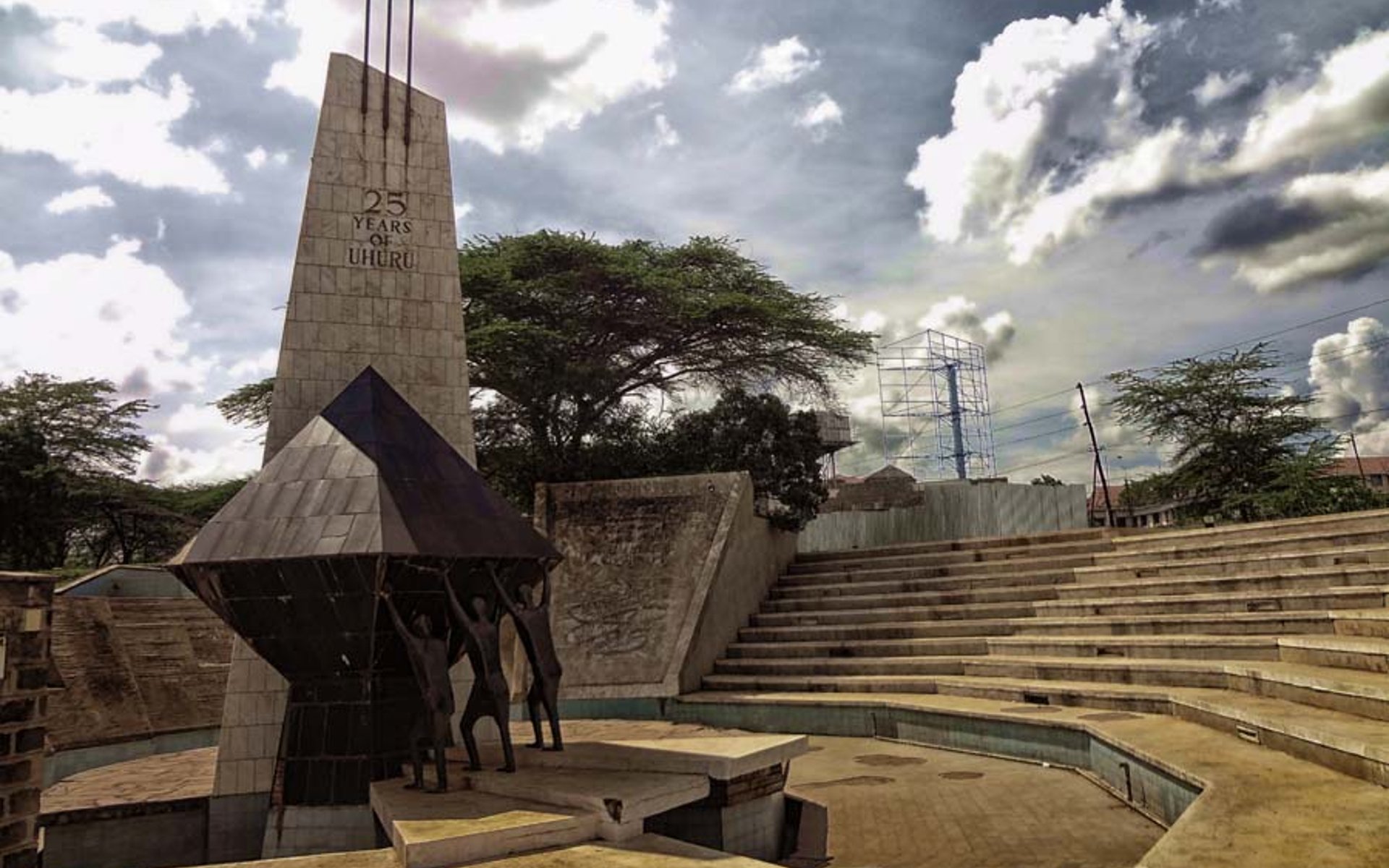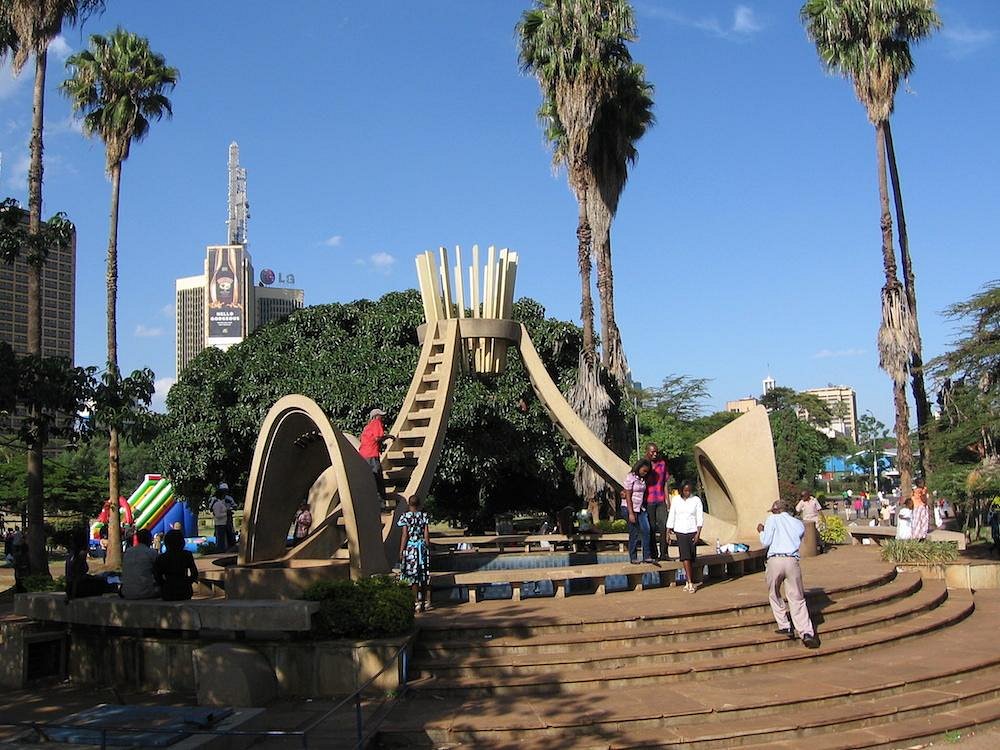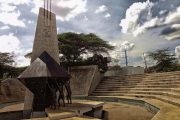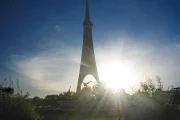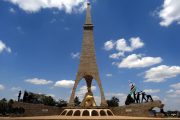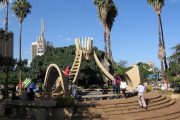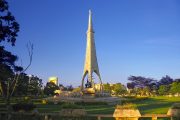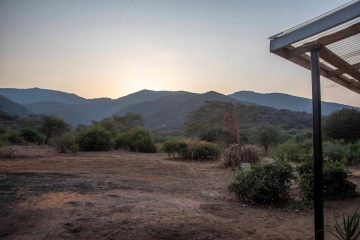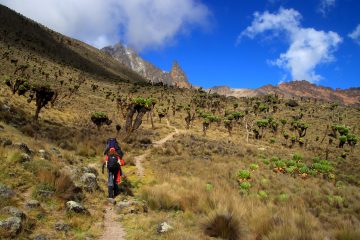Former President Jomo Kenyatta was inaugurated as Kenya’s first president on December 12, 1963, in a colorful event held at the current site of Uhuru Gardens. On this day, a nation’s hopes and dreams came true, and Uhuru Gardens serves as a tribute to this historic event in Kenya’s history.
The event in Uhuru Gardens marked the conclusion of a long and sad war for independence in which between 50,000 and 300,000 Africans died, according to historians. Since the British colonialists destroyed damning data, historians have been forced to rely on other methods to arrive at these estimations.
Over a million civilian survivors are thought to have walked out of detention camps and fortified villages shocked and scarred for life. The battle also claimed the lives of about a hundred white settlers.
Attractions
The centerpiece of Uhuru Gardens’ attractions is a 24-meter-high monument honoring Kenya’s battle for independence. A statue depicting independence warriors waving the Kenyan flag stands to one side of the monument. Another monument with a fountain is around a hundred meters distant.
Picnickers use the spacious grounds, which are often driven up to isolated locations beneath some of the area’s dispersed trees.
How to Get There
Uhuru Gardens is located in Nairobi’s Langata neighborhood, along Langata Rd, and is bordered to the south by Carnivore Restaurant and to the east by Wilson Airport.
Numbers 15, 24, and 126 are matatu numbers.

